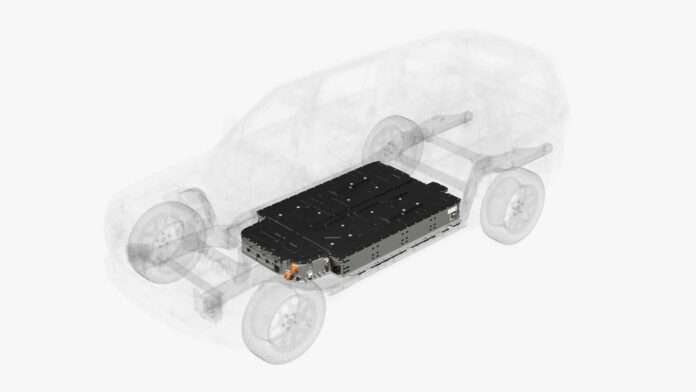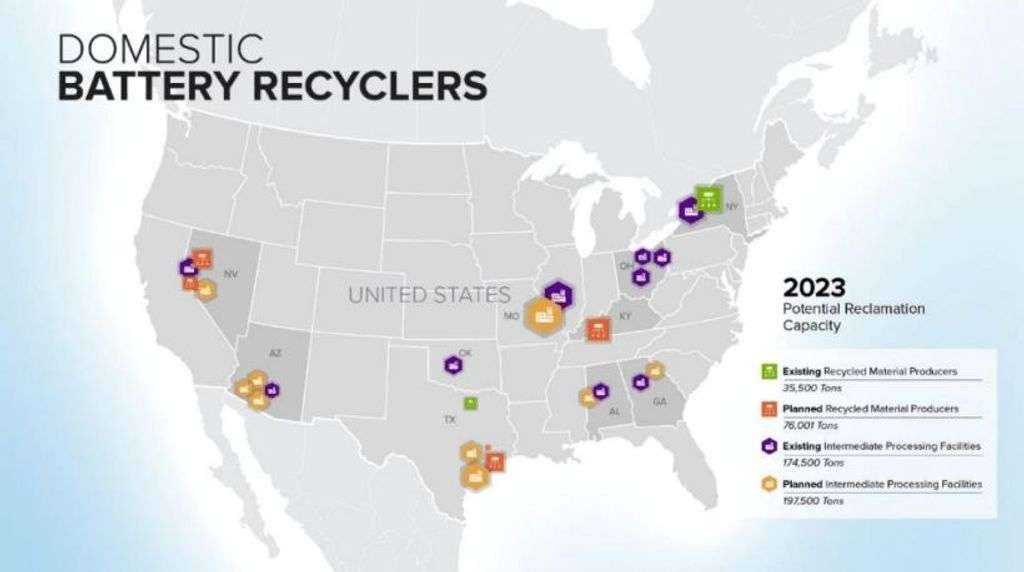As the electric vehicle market expands and the first wave of modern EVs ages, the topic of lithium-ion battery recycling arises. Is the industry ready to handle old batteries to protect the environment and provide valuable materials for new batteries?
Well, the situation appears to be under control right now. According to Argonne National Laboratory’s report Securing Materials for the U.S. Electric Vehicle Industry, from February 2024, as of 2023, the existing domestic battery recycling capacity in the U.S. is estimated at 35,000 tons. It’s always difficult to say the average EV battery weight, especially if we focus solely on the battery cells without the steel enclosure, auxiliary systems, and cables. Still, we cautiously guess that 35,000 tons might be the equivalent of 50,000-100,000 EV batteries (cells) annually.
EV battery recycling
Soon, EV lithium-ion batteries will be available for recycling at a scale unheard of, vastly exceeding the amount from consumer electronics. Depending on the exact battery chemistry, there might be precious elements for recovery, including lithium, cobalt, nickel, manganese, copper, and more.
We are not yet at a point at which EVs would retire from the U.S. market at such a rate. By the way, some of the battery packs will also be used as stationary energy storage systems before considering recycling. Nonetheless, it’s great to see that the battery recycling industry already has a substantial capacity for batteries from various applications, as we understand.
It’s just the beginning. According to the report, an additional 76,000 tons of planned capacity will be installed in the U.S. over the next two to four years. This means that the output will triple to some 111,000 tons per year. Such a volume will probably be enough for a six-digit number of EV battery packs (cells).
The DOE’s Vehicle Technologies Office also noted that the intermediate processing facilities—which “receive lithium-ion batteries and battery manufacturing scrap to process into materials that can be reintegrated into the battery supply chain”—reclaimed nearly 175,000 tons of materials in 2023. This segment is expected to expand by an additional 198,000 tons in the next few years to a total of close to 400,000 tons.
Argonne National Laboratory revealed an interesting map showing the locations of existing and planned recycling material producers and intermediate processing facilities. The locations are similar to those of existing and planned lithium-ion battery factories.
Recycling EV batteries is one of the most important things for the next decade, and it already started. It’s expected to be profitable because recycling valuable content from old batteries is usually easier than mining.
Due to environmental issues, we also can’t afford to ditch old batteries without recycling. When EV materials are circulating from old to new batteries repeatedly, it must be a closed loop.

Source link
#U.S #Battery #Recycling #Capacity #Triple #Years







